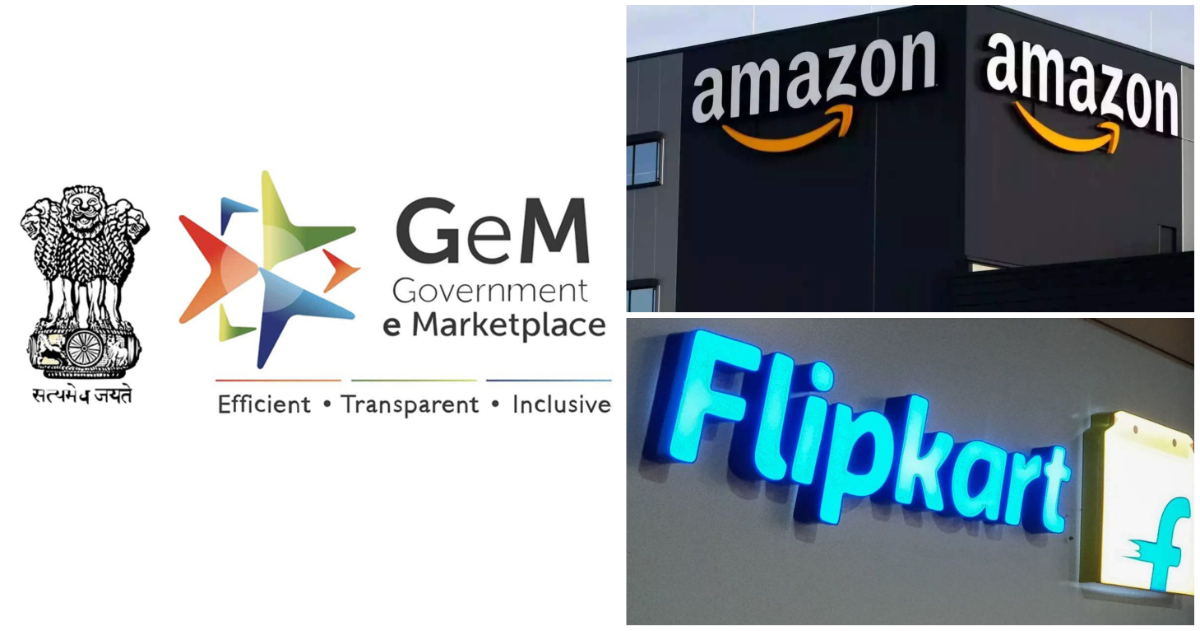There’s no shortage of startups and companies which have tried their hands at e-commerce, but a government entity is set to become India’s biggest player in the space.
The Government eMarketplace (GeM), which is the Indian government’s public procurement website, is set to overtake Flipkart and Amazon as the country’s largest e-commerce portal by the end of the current financial year. The portal helps government ministries and public sector companies connect with sellers across the country to buy computers, cars, chairs and millions of other products and services at completive prices. The sellers include some of the India’s biggest companies, such as Hindustan Unilever, Maruti Suzuki and Tata Motors.

Last year, GeM was slightly behind Amazon and Flipkart in terms of GMV — in FY22, Flipart had recorded revenue of $23 billion, and was followed by Amazon with a GMV of $17 billion. In comparison, GeM had a a GMV of $14.2 billion. But GeM CEO Prashant Kumar Singh says that the portal’s GMV (Gross Merchandise Value) for FY23 would be $25 billion, which would be more than the GMVs of Flipkart and Amazon over the same period.
The GeM was formed in 2016 under an initiative led by PM Modi. Until then, all Indian government procurement was routed through the Directorate General of Supplies and Disposals, which had its origins in the India Stores Department the British set up in 1860 to centralize goods buying. GeM, however, allows sellers to transparently list their products online, and helps the government buy products at the lowest possible price.
GeM now has 62 thousand registered government buyers, and 50.90 lakh sellers. The portal hosts 44 lakh product catalogues and services. Since its inception, it has facilitated over 1 crore transactions valued at over Rs. 3.02 lakh crore.
Crucially, the portal has saved the government tons of money — the digital portal saves cost in the range of 8-10 per cent of GMV for its transactions. This year alone, the portal will save PSUs and public sector undertakings around Rs 20,000 crore by enabling these transactions to be made digital. The portal has also time efficient, and has significantly reduced the turnaround time for tenders.
And while the platform is already set to become India’s largest e-commerce portal, it is still growing rapidly. The average order value per day has witnessed a six-fold jump, and the average number of orders per day has almost doubled in FY23 compared to FY21. The overall government expenditure is $400 billion annually, so even with a $25 billion GMV, there might be plenty of headroom for the GeM to still grow in the coming years.
It’s perhaps fitting that India’s largest e-commerce portal is set to belong to the Indian government. The government has also revolutionized the country’s payments system through UPI, and has come up with several innovations including the Account Aggregator framework, and most recently, the digital rupee. These digital measures can only compound in the coming years, and India’s big push towards digital adoption will likely end up being a competitive advantage for the country in the decades to come.
